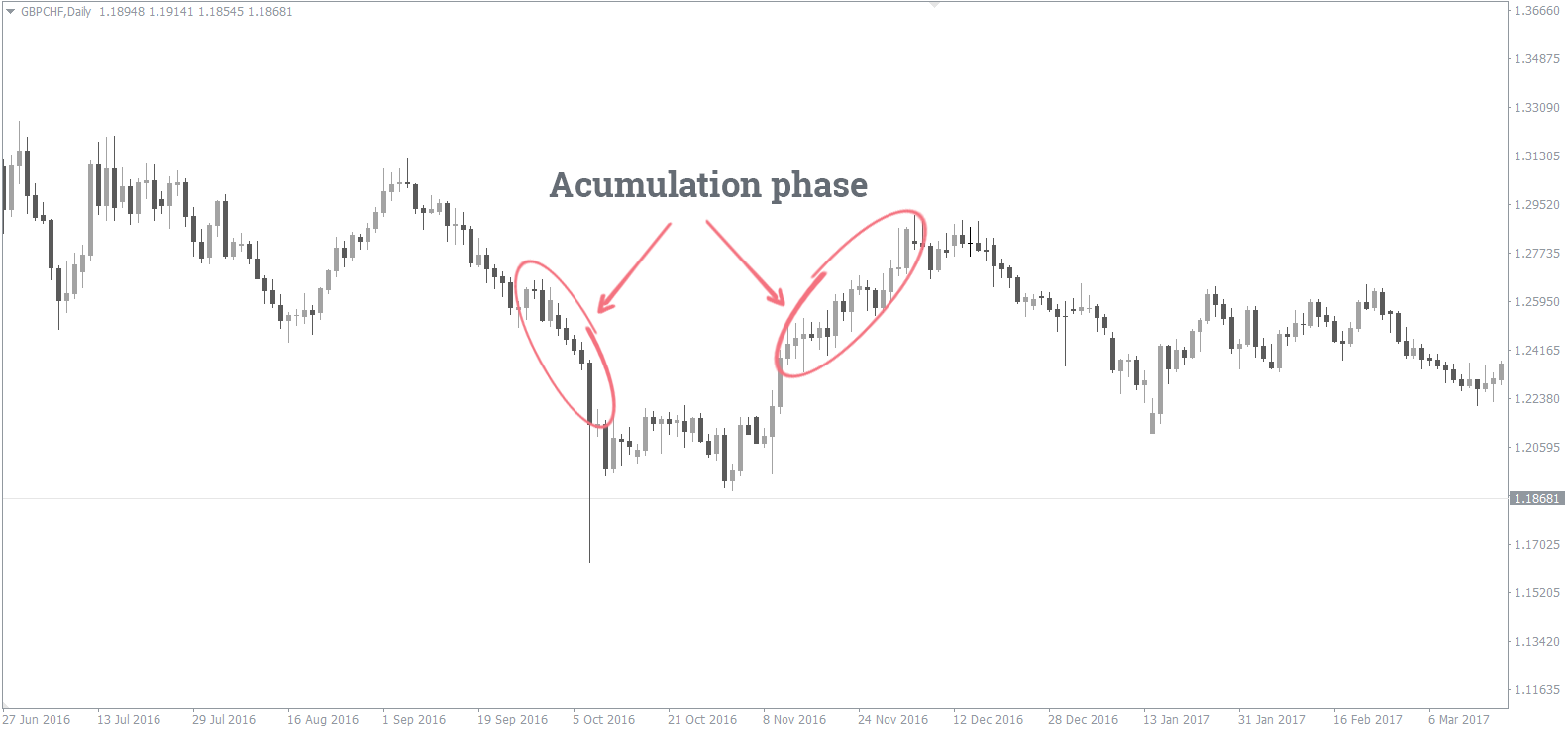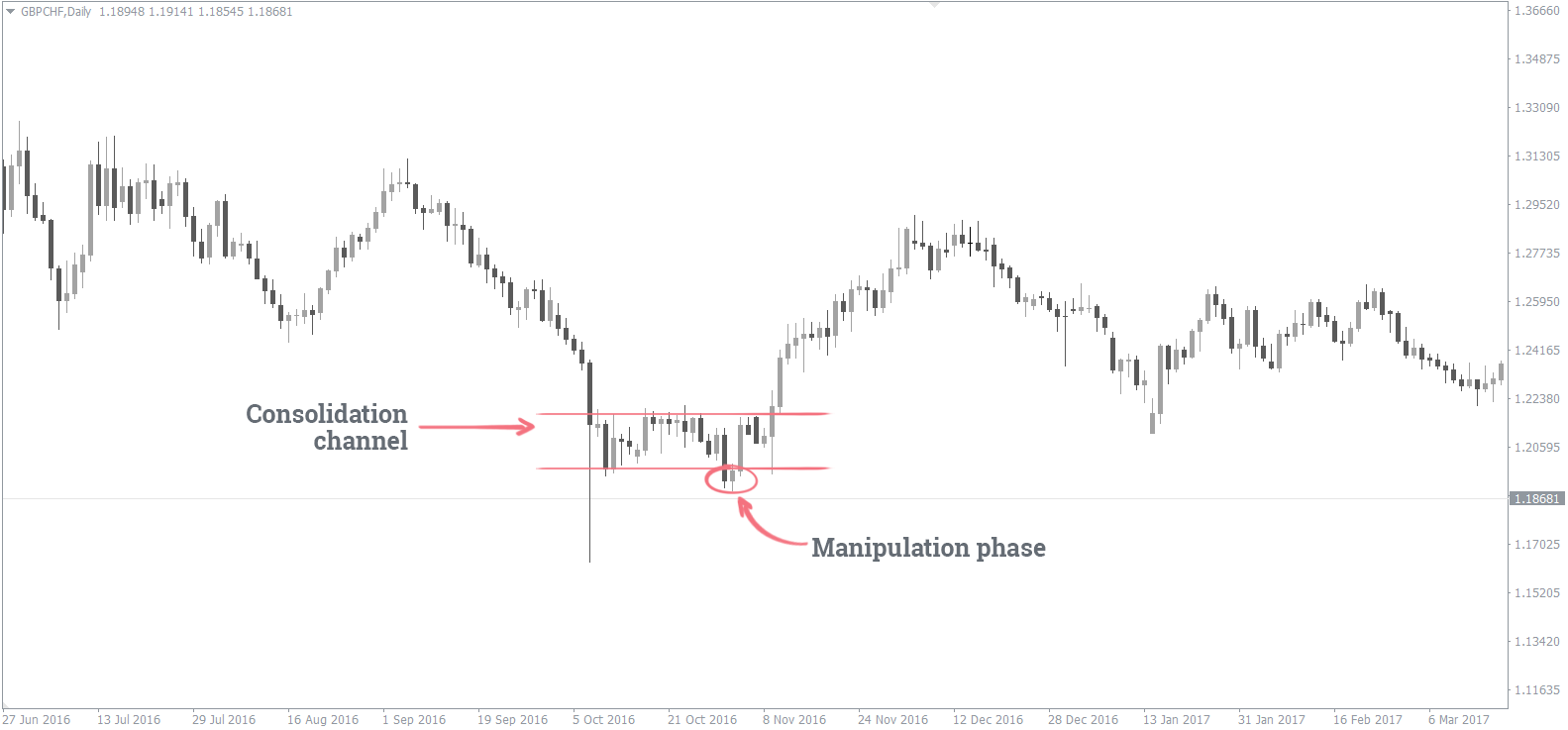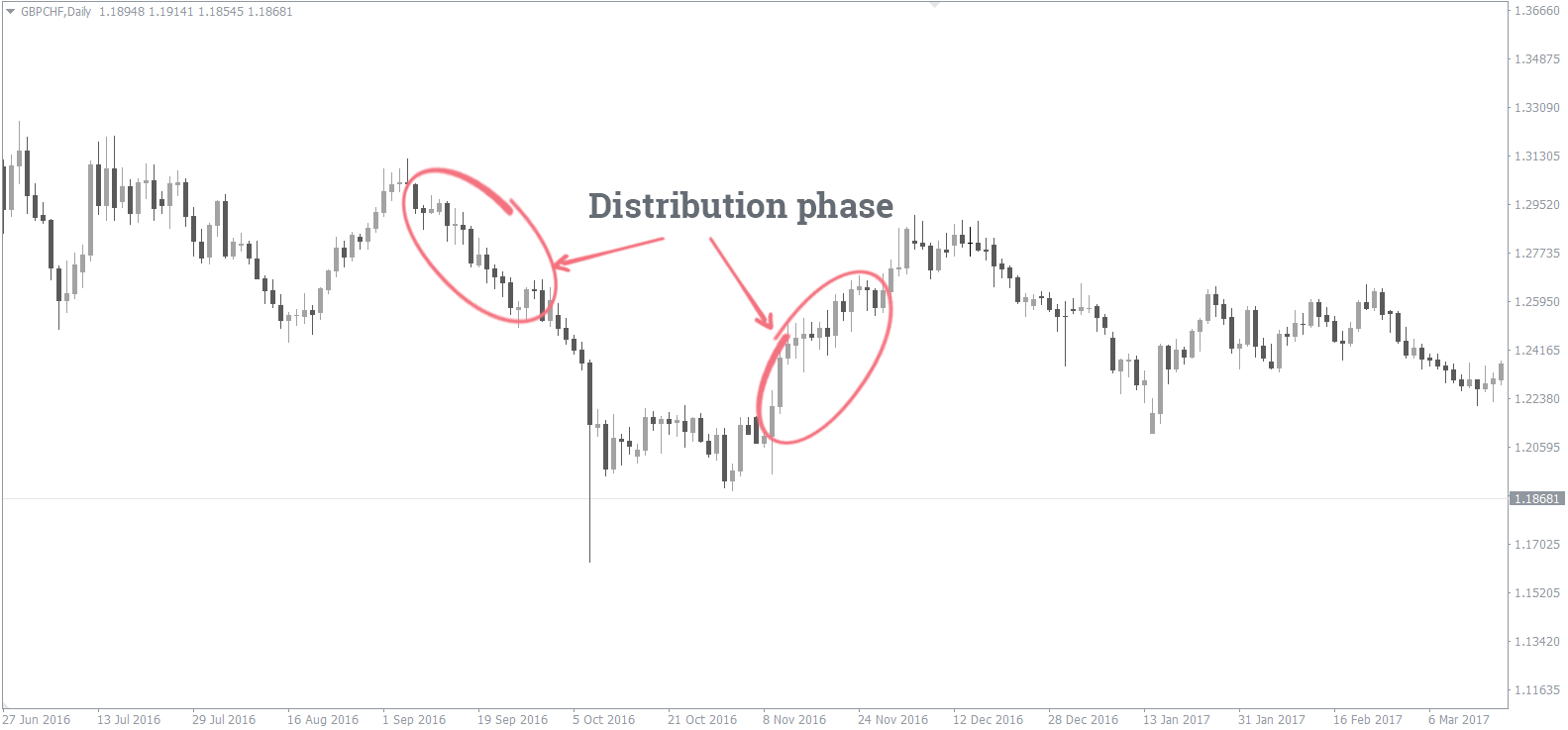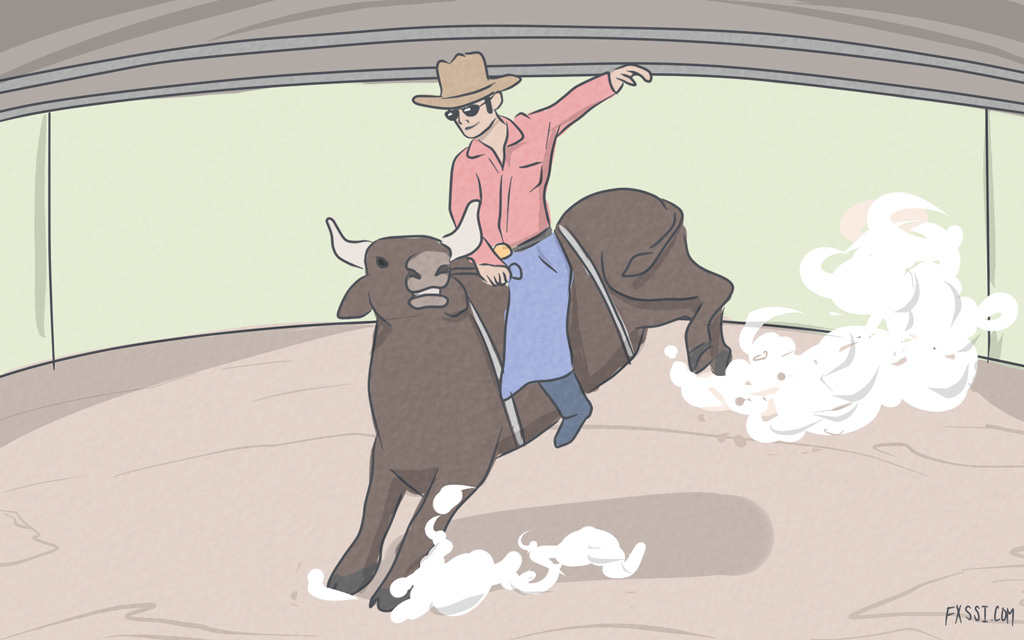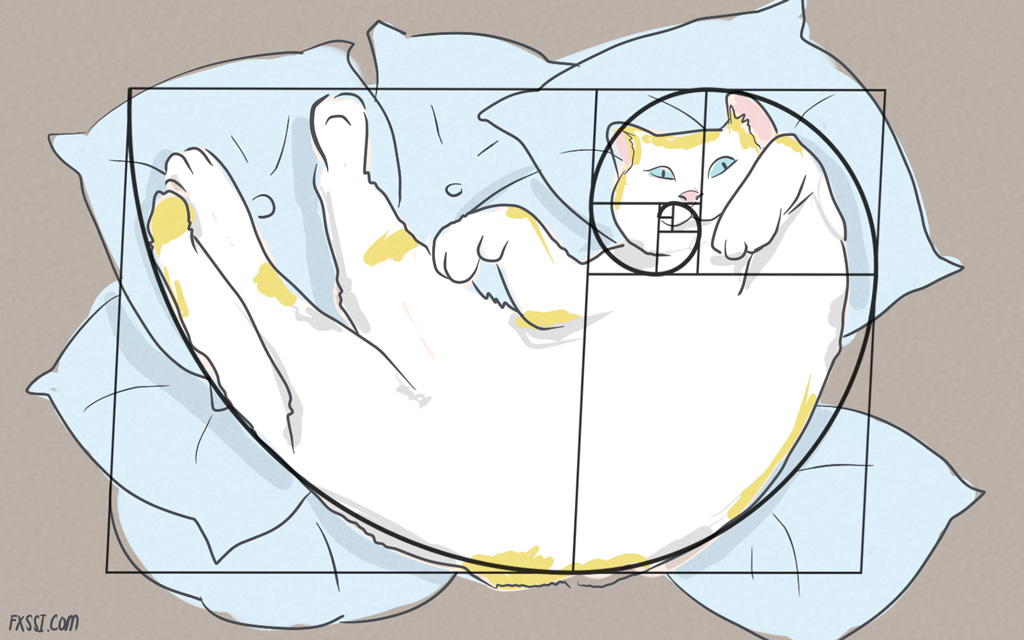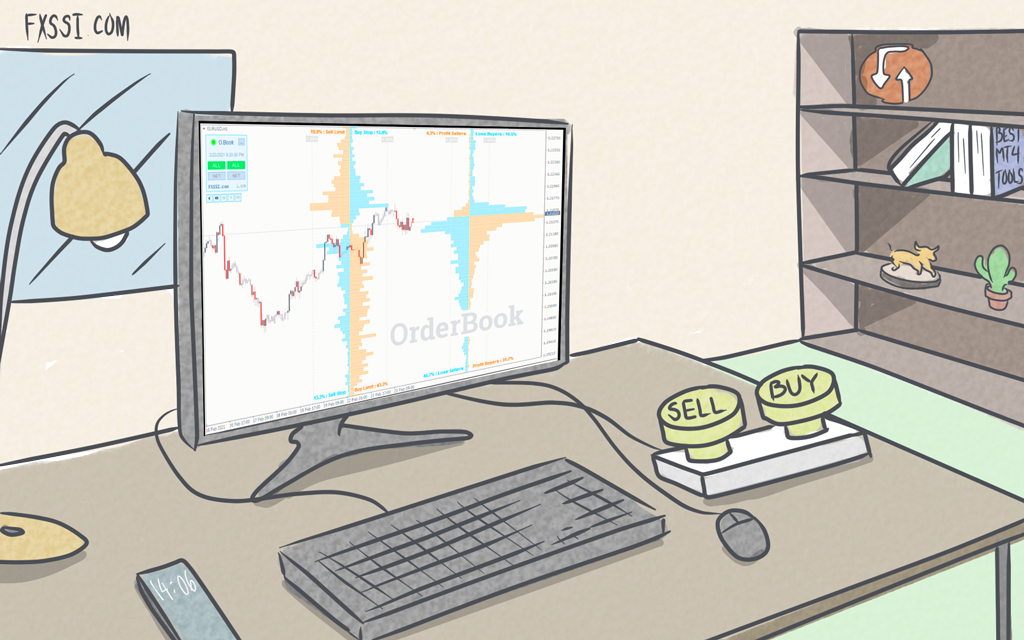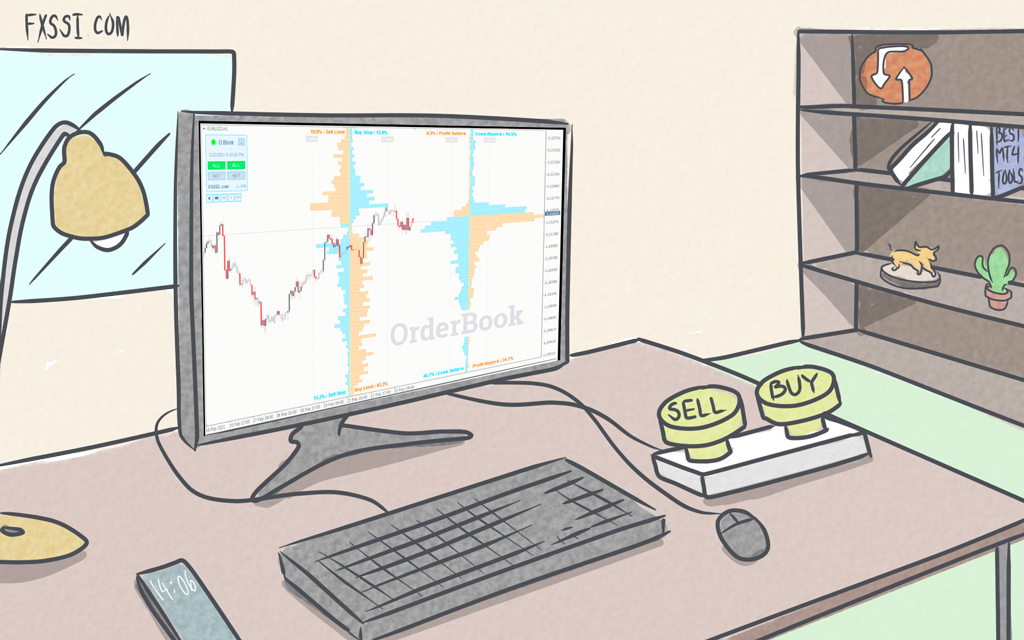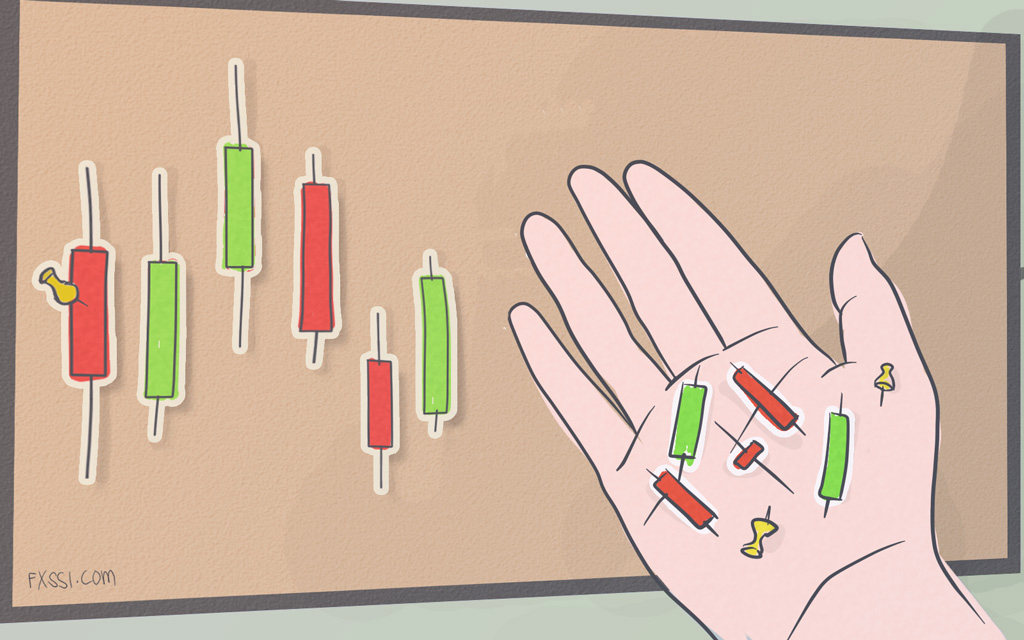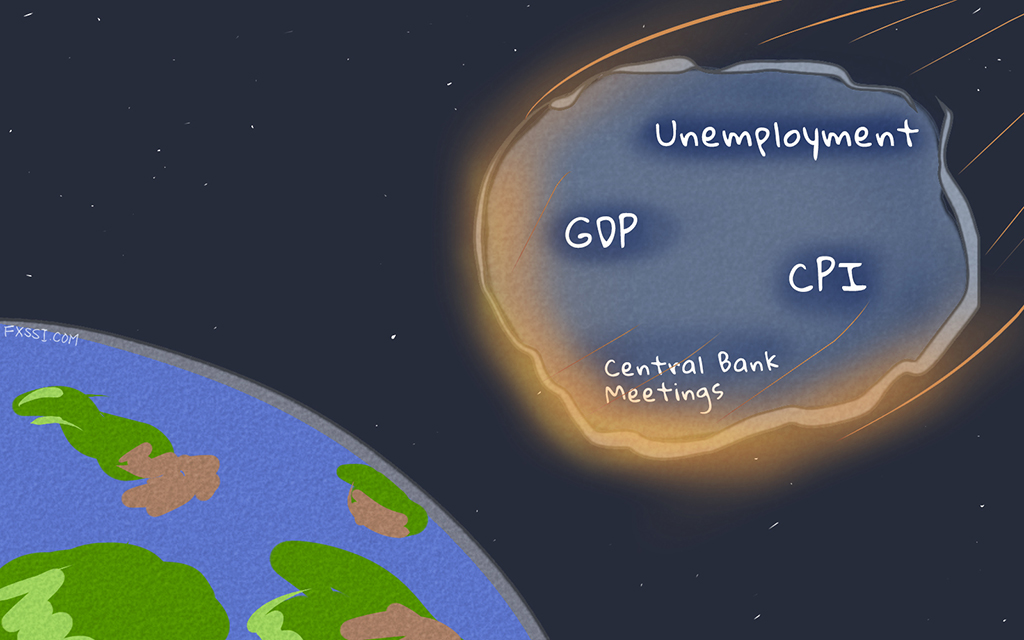How to Trade Forex Like Banks Do
The majority of Forex traders are you and I; retail traders. We make up over 90% of all traders. The remaining 10% (or less) are smart money traders, such as banks.


Smart money traders make the largest and most consistent profits between these two categories of traders. They are profitable 90% of the time. But retail traders lose money over 90% of the time.
You may then wonder how banks make so much money and many retail traders lose so much money. The answer lies in how the banks trade forex. And knowing how to trade Forex like the banks may increase your chances of being profitable in Forex.
But first, who exactly are the smart monies?
Smart Money: Who Are They?
Smart money traders are the guys who drive the Forex trends. They are the market makers. They usually have a lot of money to trade, and their trade volumes are enough to make significant changes to live trends. Examples of smart money traders are:
- Big banks like JPMorgan Chase and Citibank.
- Central banks.
- Hedge funds.
- Large institutions like major insurance companies and global companies.
Now that you know who the smart money traders are, you want to know how they are different from you.
Firstly, smart monies have much more money to trade than you. I'm not talking about thousands or hundreds of thousands. Smart monies have tens and hundreds of millions to trade. And the sheer volume of their trades gives them the power to drive the market.
Secondly, they don’t trade on small timeframes. Smart monies trade daily, weekly, or even monthly timeframes. Traders that trade on small timeframes are usually looking to get in and out of the market in a short time. But the smart money is usually in the market for a long time.
The Trading Strategy Of The Banks
Banks constantly profit from trading Forex. How do you think they do this? They have many strategies and algorithms they depend upon to make their trades. But of all these strategies, there is one that is very common. It splits into these three phases.
Phase 1: Accumulation
This is the first step in the bank trading strategy. Banks never skip this step because it serves as the precursor to the other two steps.
Banks don't just trade all their money at once when they want to make a trade that would lead to sharp spikes in the direction of their position. Remember that they have lots of money to trade. Everyone would just have to sit and wait for banks to make trades before they mimic the banks’ trades, if that was the case. But this would lead to issues in the long run.
What banks do instead is accumulate trade entries of long or short orders over a short time. In other words, banks make small buys or sells, depending on how they want the market to trend.
Assume the banks wanted to drive the market uptrend. They take many long positions at intervals of hours or days. Their various entry points are as shown in the picture below. All the while, retail traders are busy selling and the banks are buying.
When banks do this, the price may go downtrend for a while, but not for long. The price may also go up and down within channels of support and resistance levels. When retail traders see this, they say the market is in consolidation. Sounds familiar? But in fact, what retail traders are seeing is the big players in action, building their positions.
This leads to the next phase of their trading strategy.
Phase 2: Manipulation
This phase is the second in the trading strategy of the banks. What happens here goes by many names. You probably know some of them. Is any of these familiar to you? False breakouts, false push, stop hunt, and bull/bear trap.
During periods of consolidation, many retail traders make pending trades above or below the consolidation zone. They hope they would ride the breakout when it happens. Instead, a false breakout occurs. There is a temporary breakout that triggers their orders, then suddenly reverses direction to take out their stop losses. The banks are manipulating the market when this happens.
One reason these traders lose their money is that they don't have proper breakout strategies. And this Stop Loss Clusters indicator helps if you want to know where most traders are placing their stop losses.
Many Forex retail traders often complain that the Forex market is unfair to them. One moment they are sure that the price is going in one direction. They enter a trade in that direction, and suddenly, the price goes in the opposite direction. These traders are victims of bank market manipulation.
Phase 3: Distribution
This is the third and final phase of their trading strategy. This is where the banks make the final push in the direction they want. Their previously hidden positions becomes plain here.
This is often the best time for retail traders to make profits. Assume the market now begins an uptrend, retail traders then try to follow the trend by buying. The longer the trend lasts, the more buyers there are. However, this is when the banks do what they do best: selling when the crowd is buying and buying when the crowd is selling. A term for this is contrarian trading. Banks start accumulating positions to prepare for the next trend, which is usually in the opposite direction.
When this happens, we say the price is overbought or oversold, and it will make a reversal.
How to trade Forex like the banks
It is usually a vain and unprofitable effort to trade against the banks in the long run. So, it only makes sense to learn to trade with them and not against them. Here are tips on how to trade like a market maker.
- The first thing is to learn to trade on larger timeframes. Banks don't trade on minute charts.
- Using tools that can help you predict the bias of the banks helps too. Of course, the banks wouldn't show you their entries for you to copy. But these tools can help you predict when the smart money is entering their trades so you can plan your own entries.
You will find a lot of these tools here.
Conclusion
It is important to know that learning to trade with the bank takes time and practice. It is not a get-rich-quick strategy. Since banks won’t show you their trades for you to copy, it won’t be so easy. That is why you have to practice and test strategies and try out indicators until you have something that works. But this knowledge of how to trade Forex like the banks and institutions would set you in the right direction.
Indicators that show market sentiments can be of immense help to you in learning how to trade like the banks. Because you now know that banks buy when the crowd sells and sells when the crowd buys.

